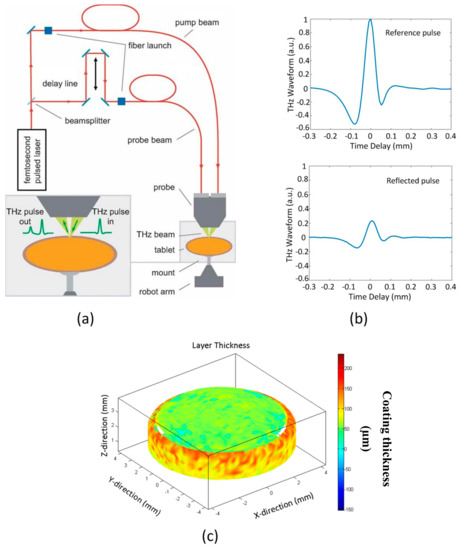Wang, Qinghua, Bingtao Gao, Fatima Toor, Mark Arnold,
and Hongtao Ding. "Laser process of transparent conducting surfaces for
terahertz bandpass ultrathin metamaterials." In Laser-based Micro-and
Nanoprocessing XIV, vol. 11268, p. 112680H. International Society for Optics
and Photonics, 2020.
Abstract
Terahertz (THz) optoelectronics have great potentials
in communication, imaging, sensing and security applications. However, the
state-of-the-art fabrication processes for THz devices are costly and time-consuming.
In this work, we present a novel laser-based metamaterial fabrication (LMF)
process for high-throughput fabrication of transparent conducting surfaces on
dielectric substrates such as quartz and transparent polymers to achieve
tunable THz bandpass filtering characteristics. The LMF process comprises two
steps: (1) applying ultrathin-film metal deposition, with a typical thickness
of 10 nm, on the dielectric substrate; (2) creating periodic surface pattern
with a feature size of ~100 microns on the metal film using nanosecond pulsed
laser ablation. Our results demonstrate the LMF-fabricated ultra-thin metal
film exhibits newly integrated functionalities: (a) highly conductive with
sheet resistance of ~20 Ω/sq; (b) optically transparent with visible
transmittance of ~70%; (c) tunable bandpass filtering effect in the THz
frequency range; and (d) extraordinary mechanical durability during repeated
fatigue bending cycles. The scientific findings from this work will render an
economical and scalable manufacturing technique capable of treating large
surface area for multi-functional THz metamaterials.
for full paper see
https://www.spiedigitallibrary.org/conference-proceedings-of-spie/11268/112680H/Laser-process-of-transparent-conducting-surfaces-for-terahertz-bandpass-ultrathin/10.1117/12.2544054.short
Experimental
… 2.5 THz Transmission Measurement Experimental THz
transmission spectra, were generated using THz-Time Domain Spectroscopy
(THz-TDS) technique 52,53. A 1000D TeraView spectrometer (TeraView Limited,
Cambridge)





